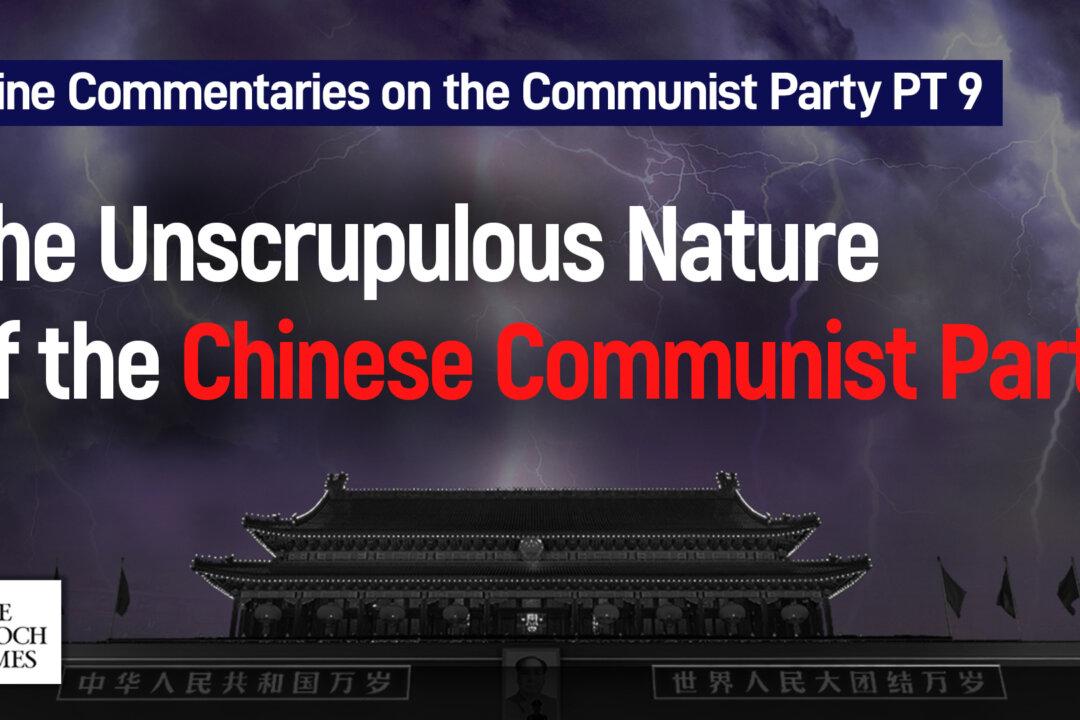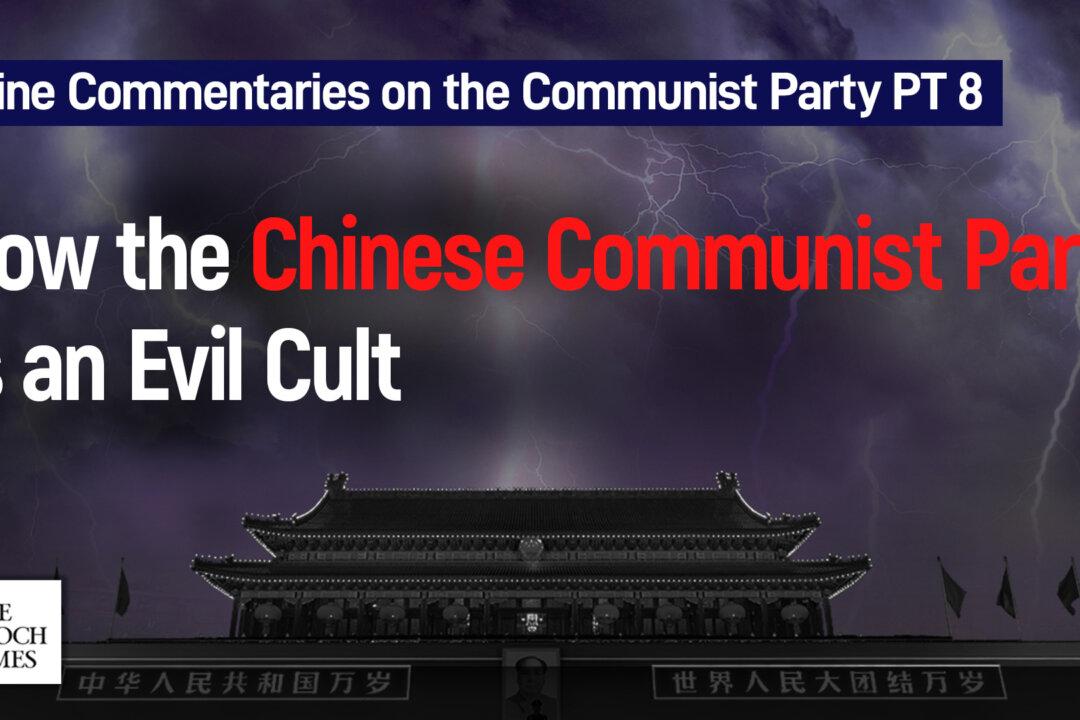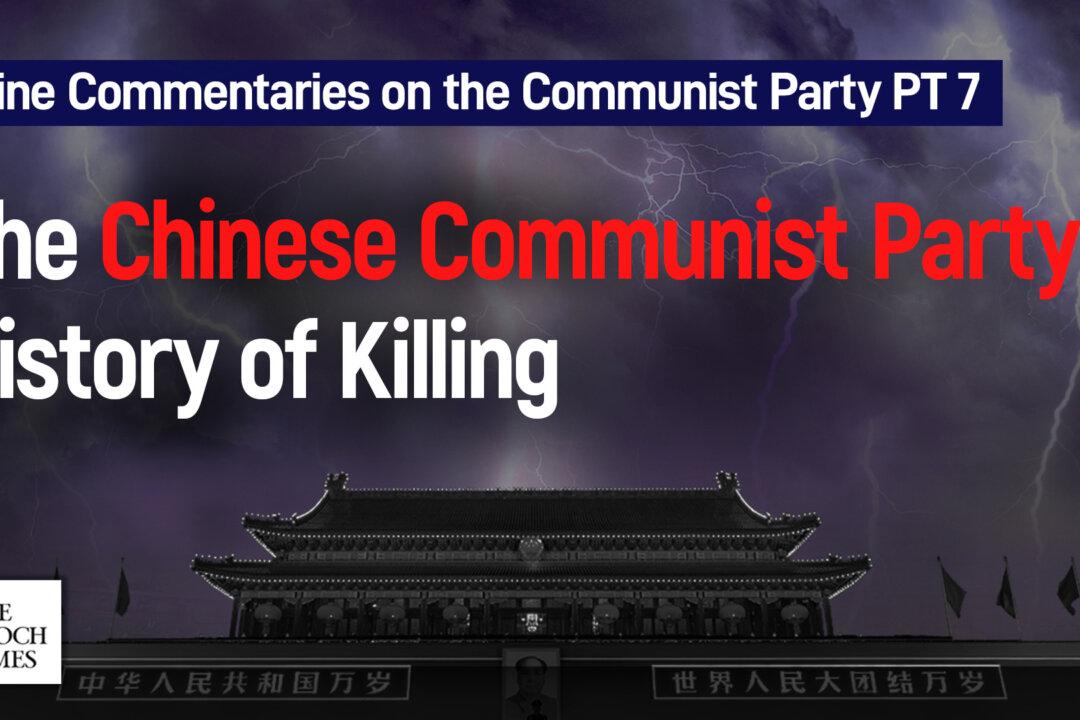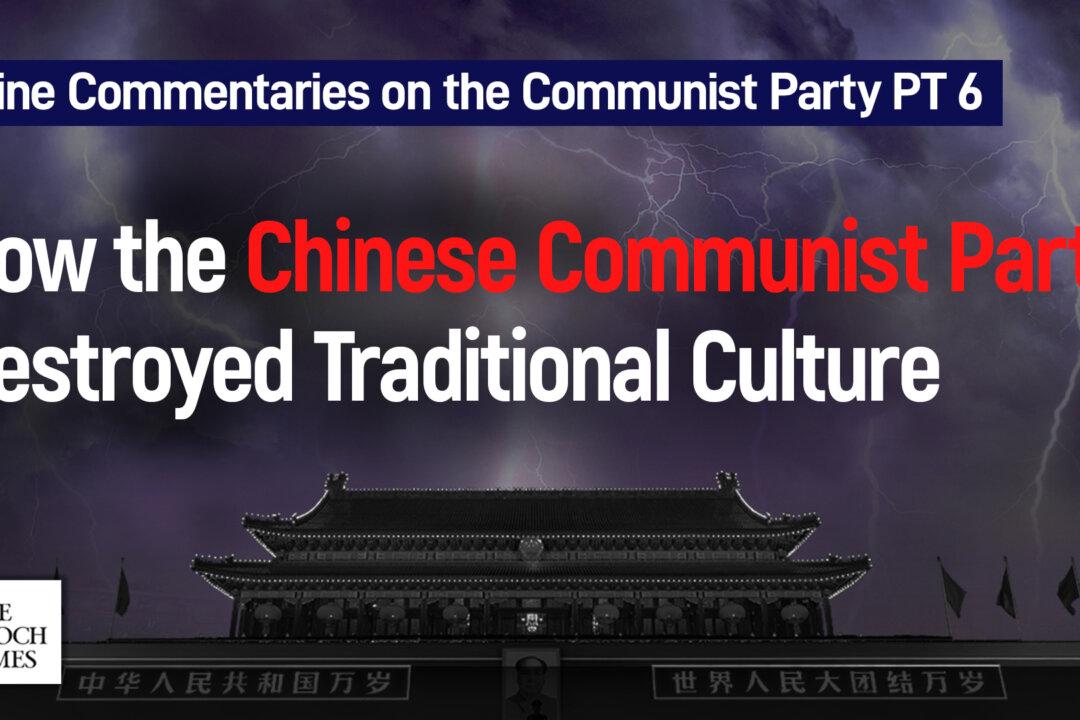The Epoch Times is serializing an adaptation from the Chinese of a new book, How the Specter of Communism Is Ruling Our World, by the editorial team of the Nine Commentaries on the Communist Party.
Table of Contents
Introduction1. Communism via Violence and Nonviolence




